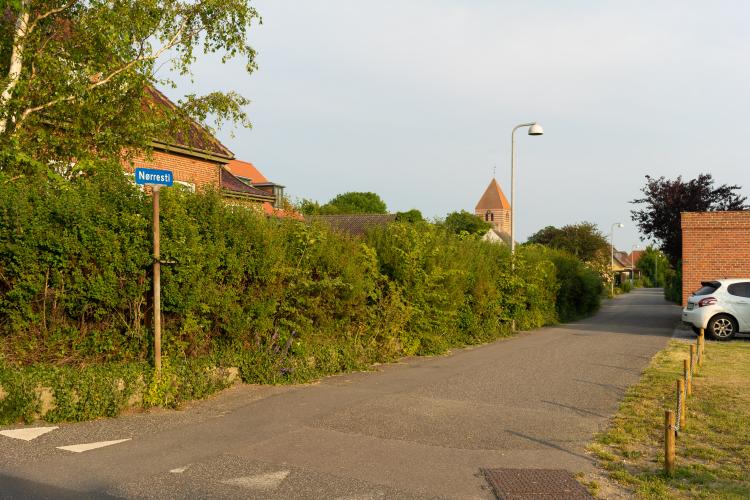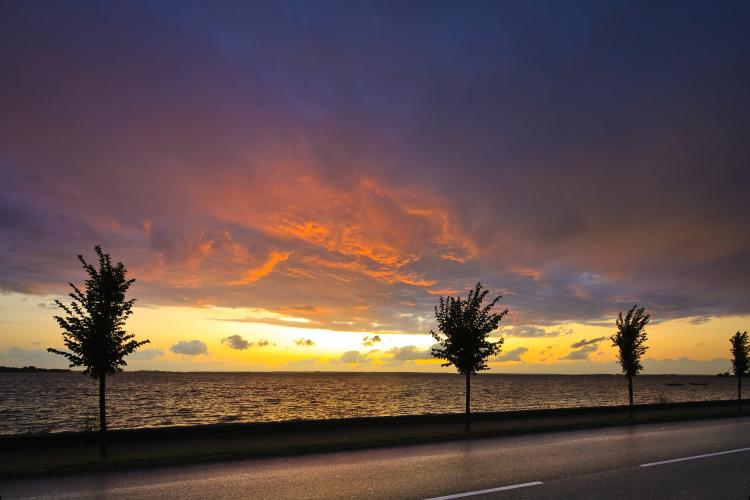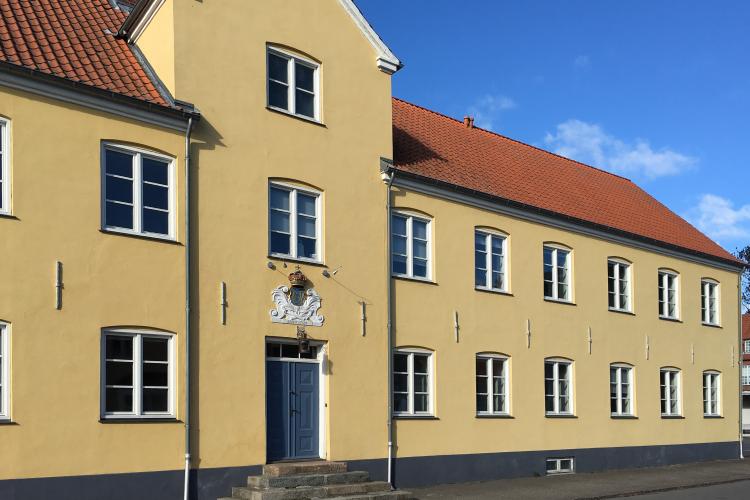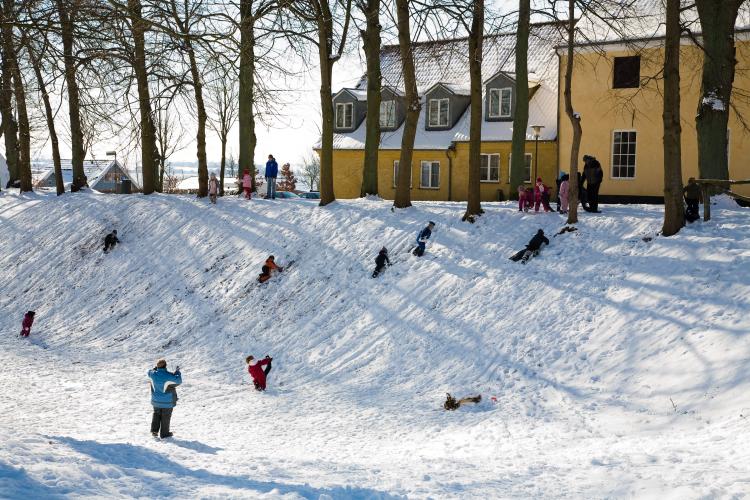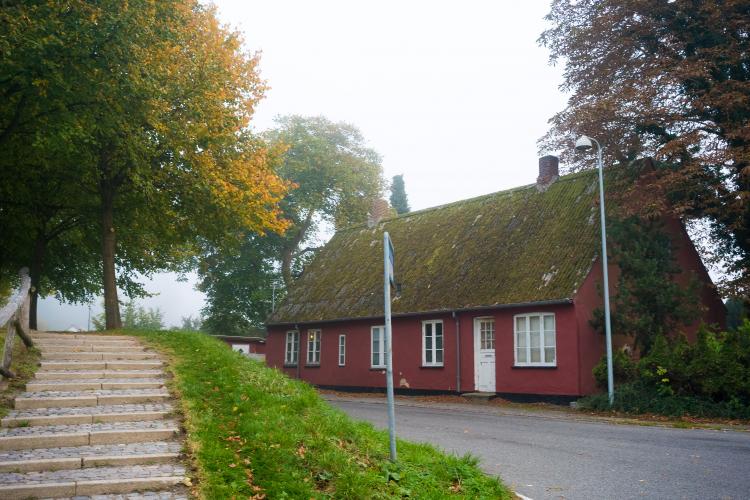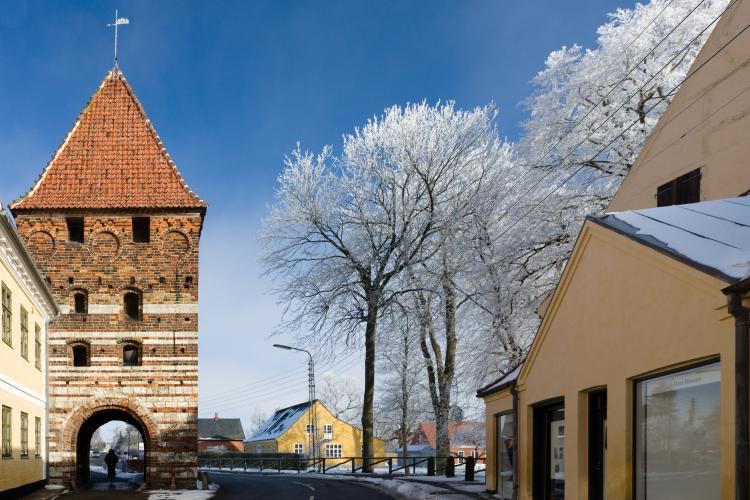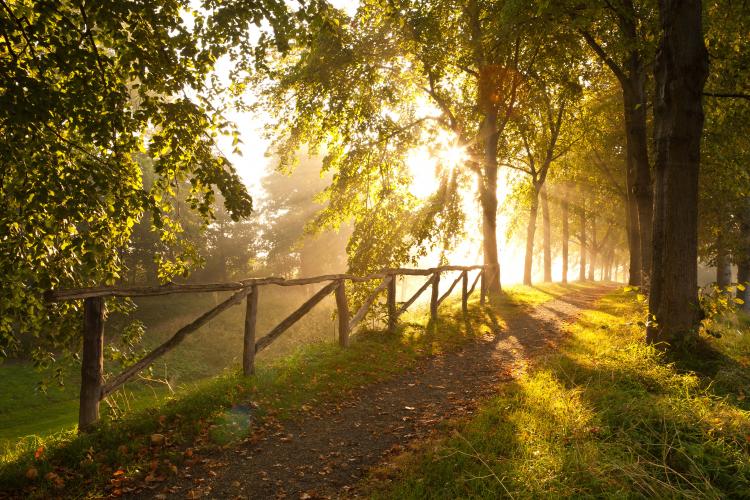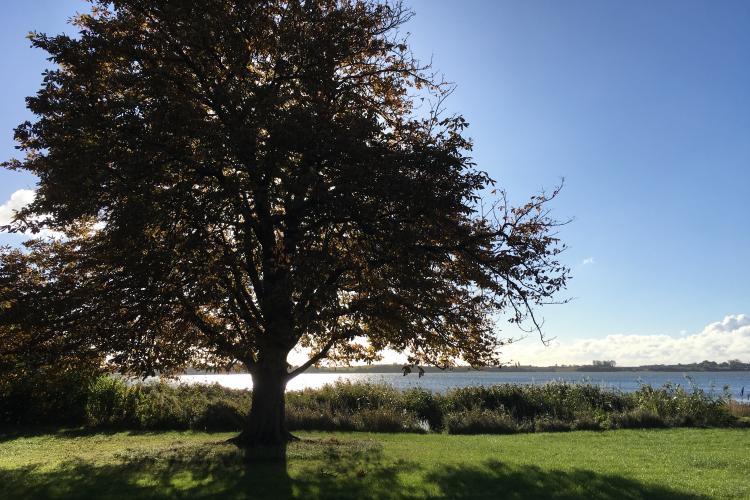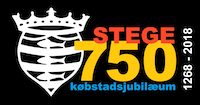Herring 15
Now you are standing exactly where Stege in the 1100s originated as a small fishing village on the king's grounds around a boatyard at the deep bridge. The fishing village gradually grew east towards Dybsbrostræde, which is Stege’s oldest street. Formerly, the street ended with a bridge and an entrenchment as depicted in both Dahlberg and Resens old maps and on the information sign at the harbour.


